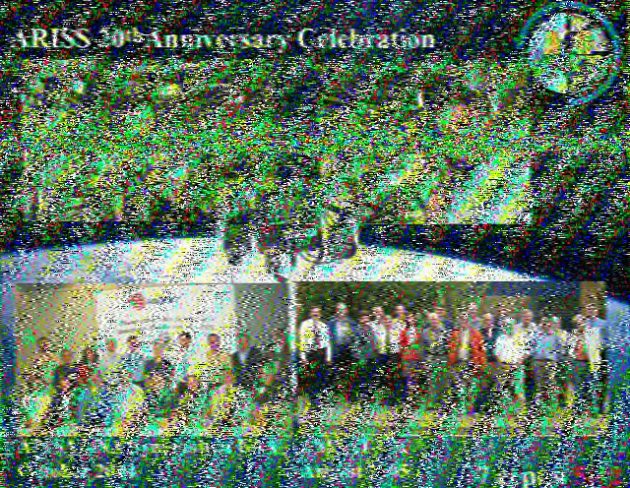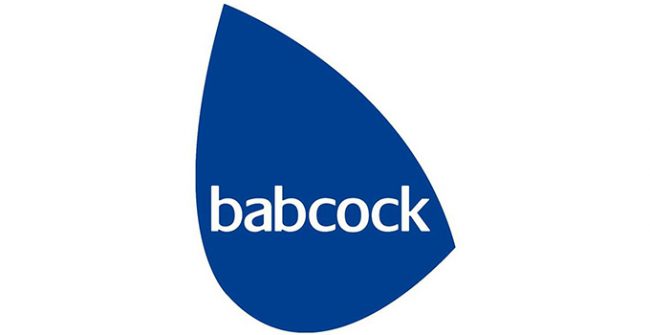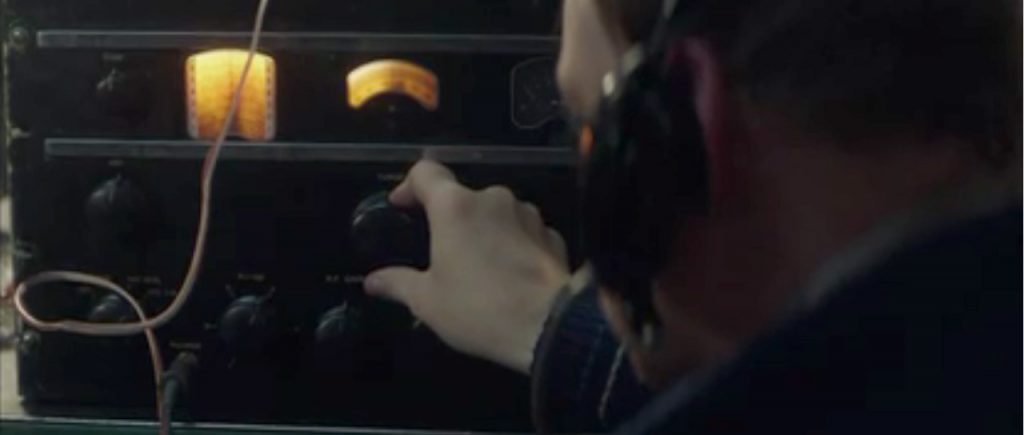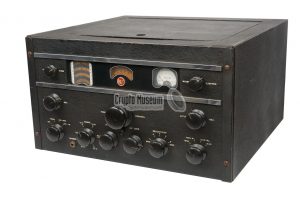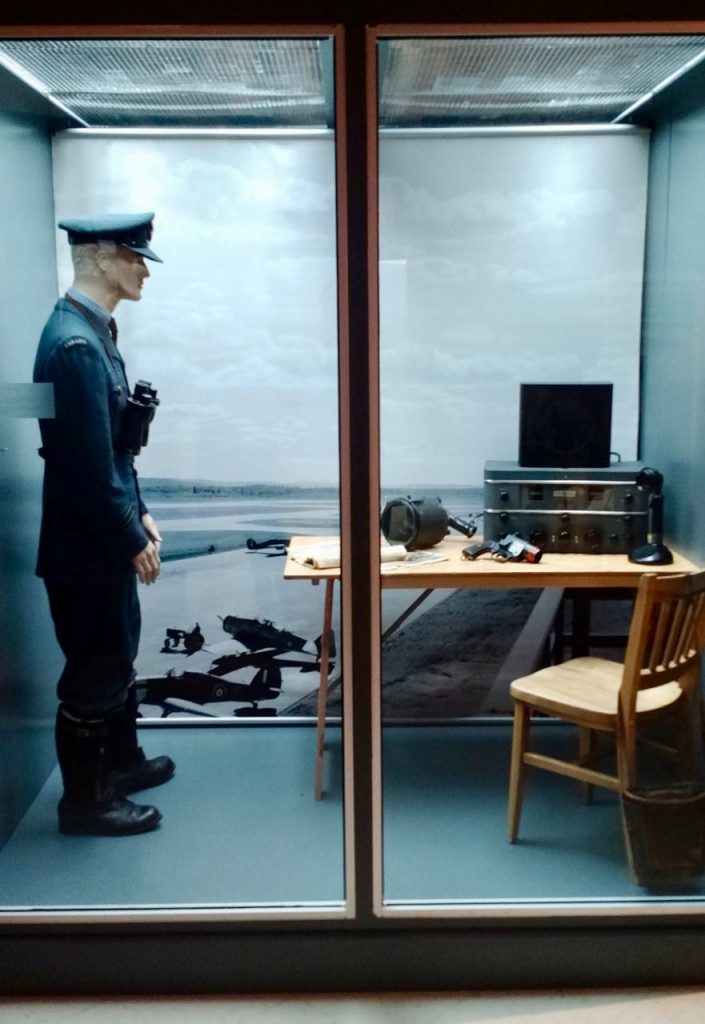
Many thanks to SWLing Post contributor, Cezar Vener, who writes with the following inquiry:
I would like to ask you if you can help me with a schematic diagram for an EDUTEC 4-Band digital radio (PLL EDUTEC 4-Band Digital Radio Weltempfänger). It is not broken, but I would like to modify it. Of course, I could spend some time and manually extract the schematic, but I would lose too much time.
While I know that “EDUTEC” is a registred trade mark for technical (“non-food”) products that was sold by “Eduscho Handelsgesellschaft” in Bremen and also I found that it is now owned by Tchibo, well – I would like to kindly ask you for help in this matter? (course, if you can).
It is an old product, probably made in the 90’s and until now, I didn’t find anything on the net about it. I opened it and I found that its core is TA8132AN, and the FM section is made around TA7358AP. The audio stage is built with C1212C, and there is one more integrated circuit there, TA8148S (no datasheet on the net, but I found that is a DC-DC converter for electric tuning – built-in stabilized supply output for biasing VHF tuner variable capacitor / sine wave oscillation).
BTW, I found it also in SONY CFS-W504L 🙂
The PLL chip is soldered with the unmarked side, so I don’t know what type it is.
[See photo at top of post.]
Here is a photo of the rear back stand:
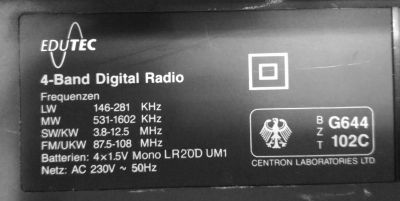
Unfortunately, there is no other model or name written on the radio.
I see there “CENTRON LABORATORIES LTD”, that points to the company with the same name from Gujarat, India. Very interesting :))
In the hope of an answer from you, please allow me to thank you and to congratulate you for the very nice site that you maintain there!
Many thanks, Cezar! It’s readers like you who make this site such a great one!
Post Readers: I hope someone may be able to help Cezar. This radio looks familiar–perhaps I’ve seen it badged with a different company name? Please comment if you can help Cezar locate a schematic.

